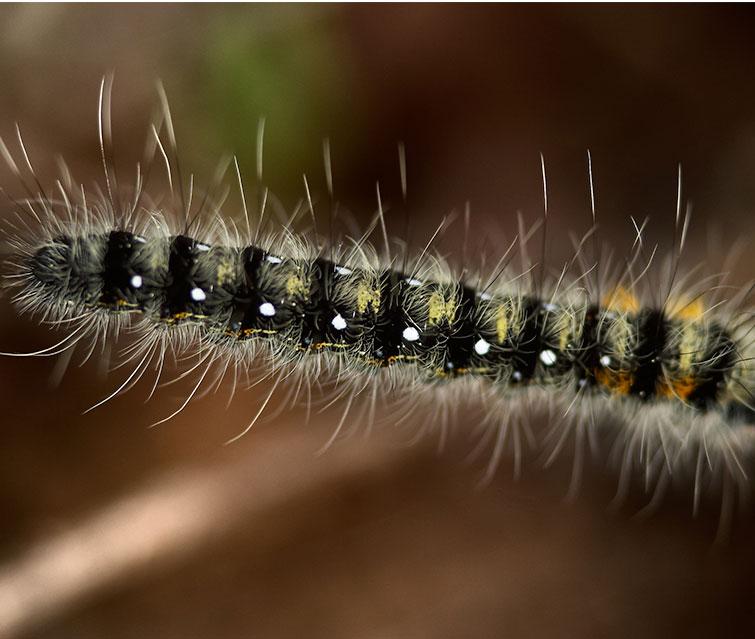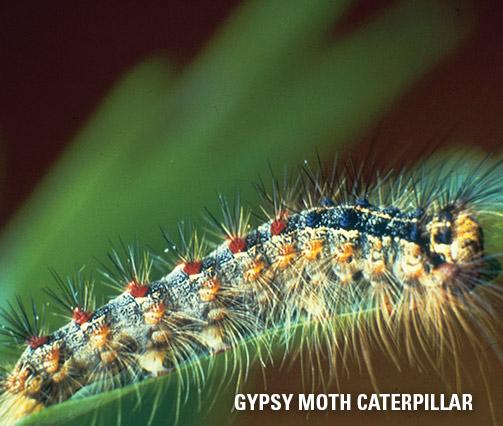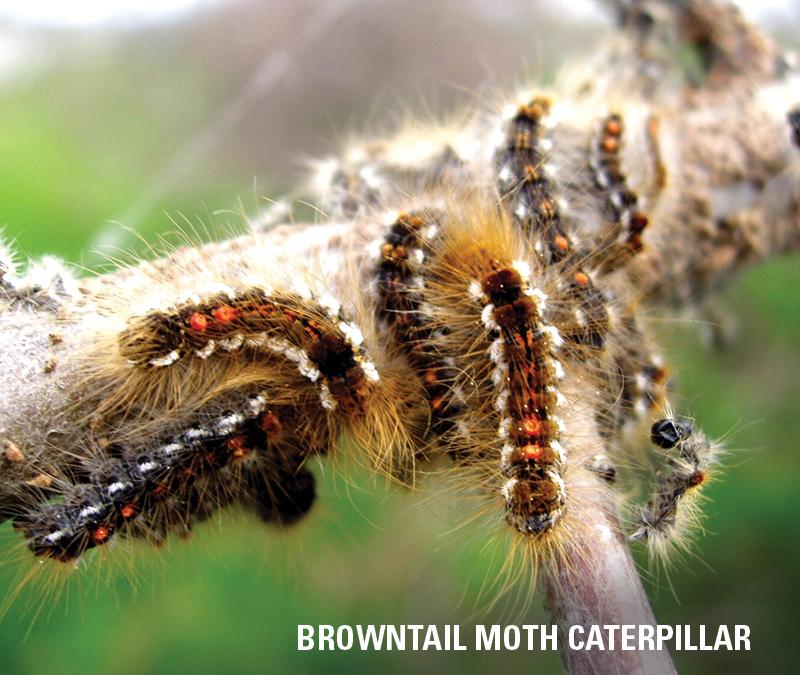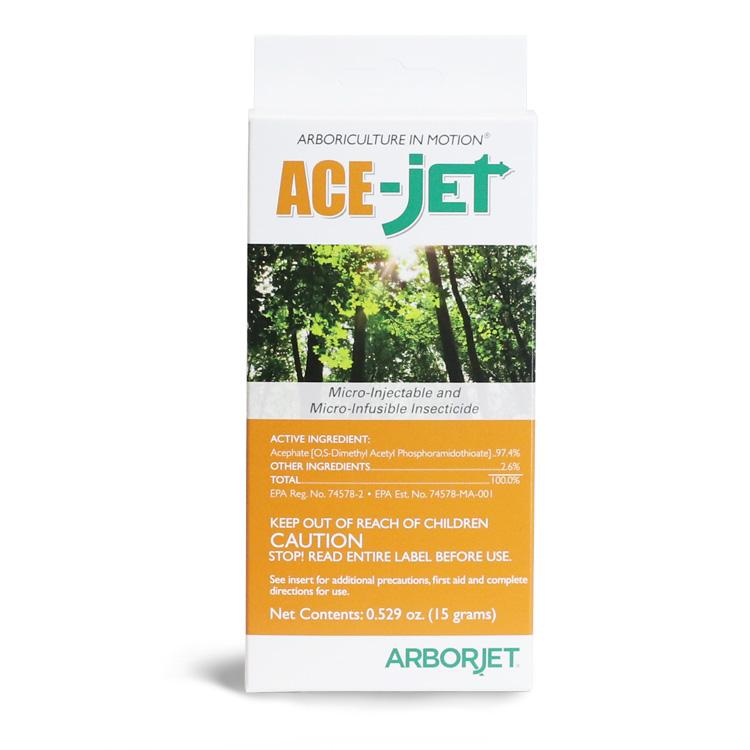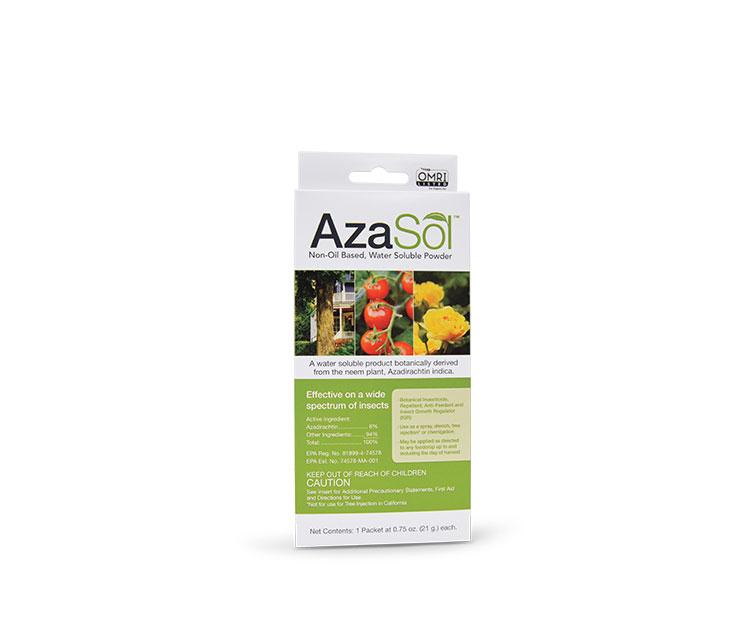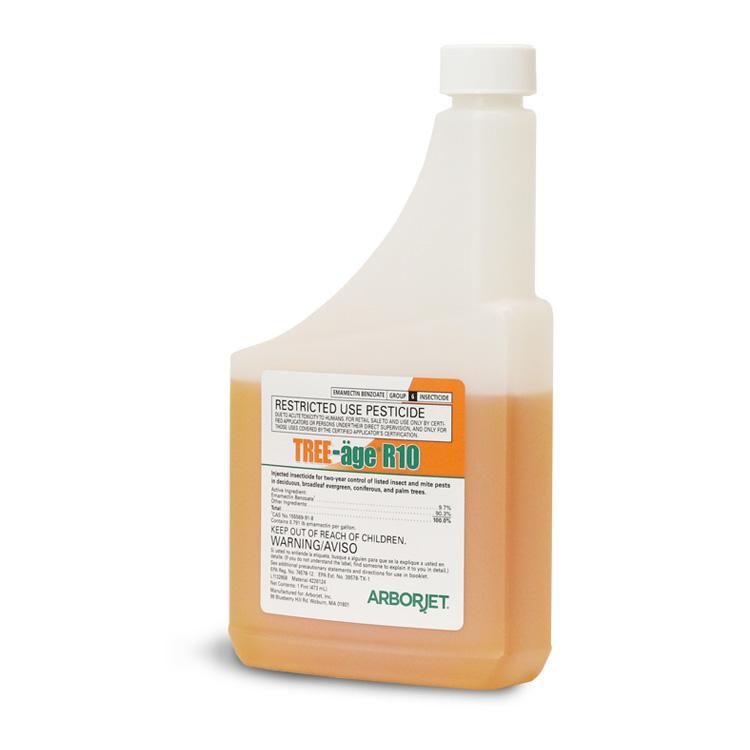Leaf Chewing and Boring Caterpillar
Caterpillars belong to the insect order Lepidoptera. Caterpillars are the larval stage of moths and are among the most serious defoliators of trees.
One example is the eastern tent caterpillar, Malacosoma americanum, responsible for defoliating forest trees, as well as cherry, apple and other ornamental shade trees. Other Lepidoptera pests include the spongy moth, winter moth, browntail moth, spring and fall cankerworm, bagworm, tussock moth, clear-wing borers, and pine tip moth. Some moth larvae, such as tip moths and clear wing borers, feed inside the twigs, shoots or trunk of the tree and are virtually unseen.
Common Symptoms
For leaf-chewing caterpillars, the obvious symptom is skeletonized or mostly consumed leaves. The caterpillar itself can often be visibly observed feeding on the leaf tissue. For moth larvae which bore into the shoot, twig or trunk, symptoms will include brown stunted tips, branch dieback and exit holes in the trunk.
Treatments
Arborjet recommends a well- timed trunk injection of ACE-jet™. It may be applied either as a micro-infusion with the Tree I.V. or a micro-injection with the QUIK-jet or QUIK-jet Air. Alternatively, trees that are in known areas of infestation can be treated preventatively in the early spring with TREE-äge® G4 or R10 at least 4-6 weeks prior to activity. Fall applications would be best for late developing (browntail moth) or very early emerging (winter moth) caterpillars.
The ACE-jet is highly water soluble and moves easily through the tree’s vascular system. It is a fast- acting “quick knock down” product for eliminating the pest population in a tree. It breaks down quickly in the tree to nitrogen, phosphorus and sulfur, resulting in the subsequent greening of foliage. ACE-jet comes in a soluble granular form to maintain maximum potency until it is ready to be used.
When To Treat
Monitor trees for injury by caterpillars, often seen as pin holes or notching in the leaf. Apply ACE-jet and/or TREE-äge as soon as symptoms of injury, or as the caterpillars themselves, become visible. Depending on species, infestations occur in spring or early summer. Timing can be important as the ACE-jet will only remain active in the tree for three to five weeks, but less important with TREE-äge because of season long duration. Caterpillars feeding on foliage and tips of twigs are susceptible to both ACE-jet and TREE-äge treatments.
Generally, the best seasons for injection are fall and spring, since uptake occurs when trees are actively transpiring. The environmental conditions that favor uptake are adequate soil moisture and relatively high humidity. Soil temperature should be above 40 degrees F for trunk injection. Hot weather or dry soil conditions will result in a reduced rate of uptake so trees should be watered thoroughly before and after treatment if applications are made when soil is extremely dry. If treating trees in the summer, inject in the morning for the quickest uptake. Tree health will also affect treatment efficacy, so assess tree health prior to treating. For example, a declining tree (>50% canopy dieback) is a poor candidate for treatment.
Use ACE-jet in early spring, before buds break when caterpillar outbreaks are expected. Alternatively, treat when injury to leaves first appears, or caterpillars are first observed. One application is sufficient to control these caterpillars, as ACE-jet remains active to protect the tree canopy for approximately 3 to 5 weeks.
What To Expect After Treatment
ACE-jet applied during tree transpiration will uptake very quickly and caterpillars will die rapidly. Trees may also appear greener and healthier as ACE-jet breaks down into elements which can be utilized as nutrition by the tree. Annual monitoring is required to determine need for re-treatment.
References And Photo Credits
Eastern Tent Caterpillar taken by USDA Forest Service – Region 8 – Southern Archive, USDA
Forest Service, Bugwood.org
Spongy Moth Caterpillar taken by Gerald J. Lenhard, Louisiana State Univ, Bugwood.org

